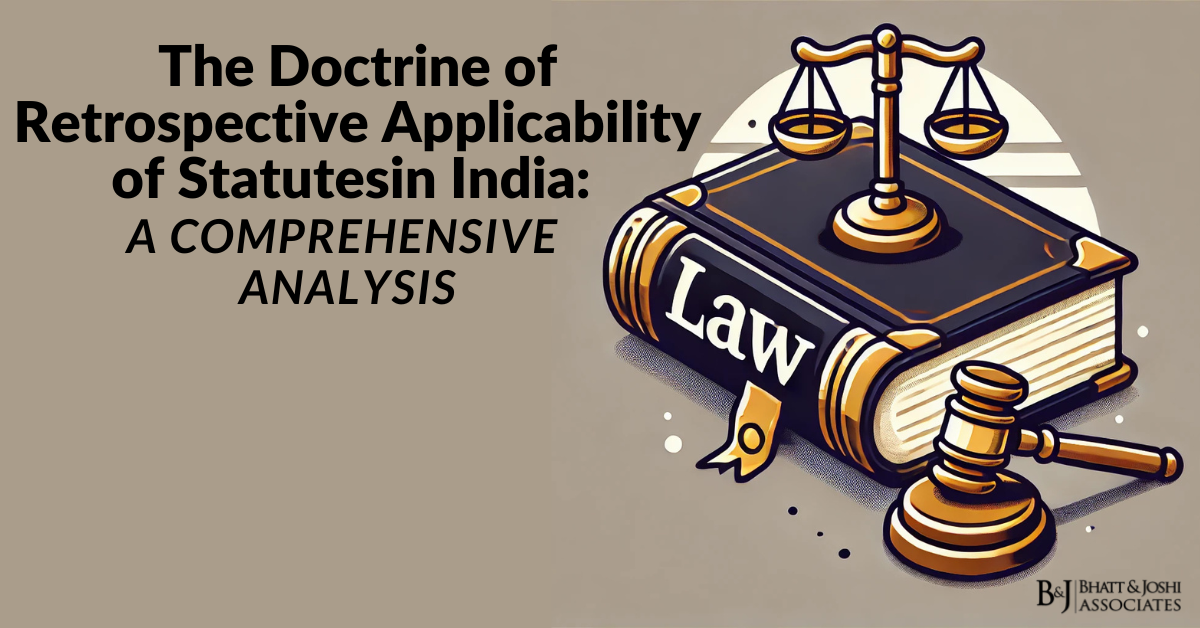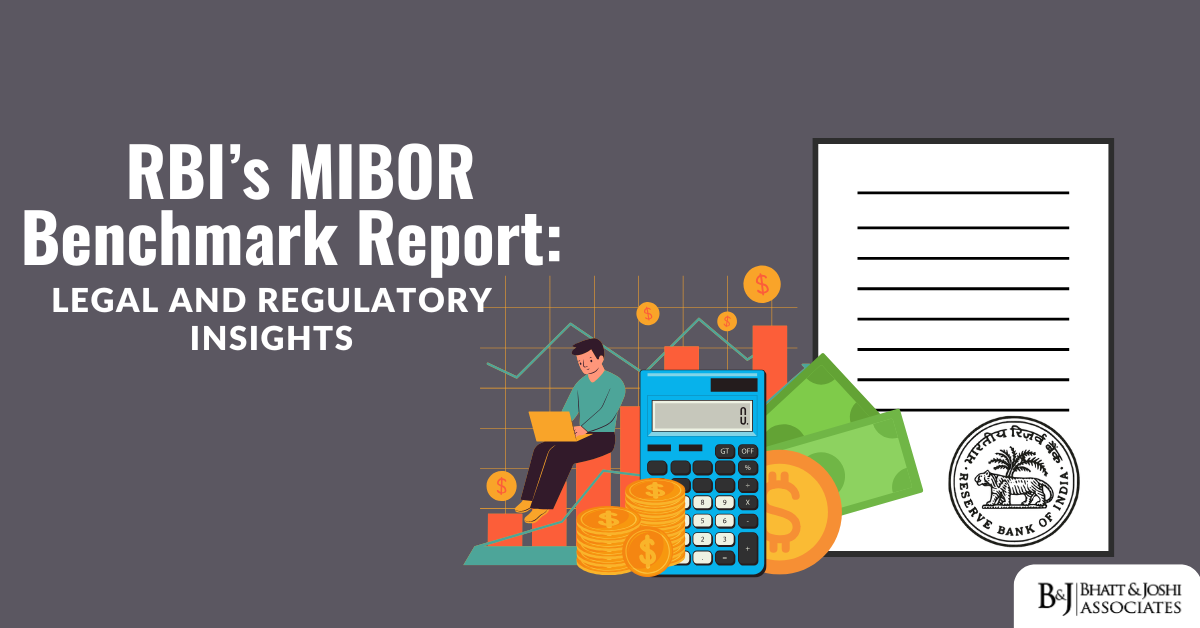Introduction
The rapid rise of cryptocurrencies and other digital assets has prompted governments worldwide to establish regulatory frameworks to govern these new forms of value. In India, the Finance Act of 2022 introduced Section 194S to the Income Tax Act, 1961, which came into effect on July 1, 2022. This section mandates the deduction of Tax Deducted at Source (TDS) on transfers of Virtual Digital Assets (VDAs). Let’s delve deeper into the intricacies of this provision and its implications for traders, investors, and businesses dealing with VDAs.
Understanding Virtual Digital Assets (VDAs) under Section 194S
Before we explore the TDS requirements, it’s crucial to understand what constitutes a Virtual Digital Asset under Indian tax law. The Income Tax Act, 1961 defines VDAs as:
- Cryptocurrencies: This includes Bitcoin, Ethereum, and other digital currencies.
- Non-Fungible Tokens (NFTs): Unique digital assets representing ownership of specific items or rights.
- Any other digital asset: As may be prescribed by the Central Government in the future.
This broad definition allows for the inclusion of emerging forms of digital assets as the technology evolves.
Taxation of Income from VDA Transfers
Section 115BBH of the Income Tax Act governs the taxation of income derived from VDA transfers. Key points include:
- Tax Rate: Income from VDA transfers is taxed at a flat rate of 30%.
- Deductions: Only the cost of acquisition is allowed as a deduction. No other expenses related to the VDA can be claimed.
- Loss Set-off Restrictions: Losses from VDA transfers cannot be set off against any other income, nor can losses from other sources be set off against VDA income.
- Loss Carry-forward: Unlike some other types of capital losses, VDA losses cannot be carried forward to subsequent years.
- Gifting of VDAs: When a VDA is received as a gift, it’s taxable in the recipient’s hands under “Income from Other Sources.”
TDS Obligations Under Section 194S
Section 194S imposes TDS obligations on persons responsible for paying residents any amount for the transfer of VDAs. The key aspects of this provision are:
- TDS Rate: 1% of the transfer amount.
- Timing of Deduction: TDS must be deducted at the earlier of:
- Crediting the sum to the payee’s account
- Payment of the sum by any mode
Threshold Limits for TDS Deduction
The threshold for TDS deduction varies based on the status of the payer:
- For ‘Specified Persons’: Rs. 50,000 per financial year
- For all other persons: Rs. 10,000 per financial year
Definition of ‘Specified Person’
A ‘Specified Person’ under this section refers to:
- An individual or Hindu Undivided Family (HUF) with business turnover not exceeding Rs. 1 crore in the preceding financial year.
- An individual or HUF with professional gross receipts not exceeding Rs. 50 lakhs in the preceding financial year.
- An individual or HUF without any income from business or profession.
Special Provisions for Specified Persons
- Exemption from TAN: Specified persons are not required to obtain a Tax Deduction and Collection Account Number (TAN) for deducting TDS under Section 194S.
- Non-applicability of Section 206AB: The higher TDS rates for non-filers of income tax returns (as per Section 206AB) do not apply to specified persons deducting TDS under Section 194S.
Handling Special Cases
The law provides for specific scenarios in VDA transfers:
- Transfers Wholly in Kind or VDA Exchange: When a VDA is transferred entirely for another VDA or non-monetary consideration, the buyer must ensure that the seller has paid the applicable TDS before releasing the consideration.
- Partial Cash and Partial In-Kind Transfers: In cases where the consideration is partly in cash and partly in kind, the payer must confirm that the payee has deposited the TDS amount with the government before completing the transaction.
TDS Deduction Process and Compliance Requirements under Section 194S
- For Specified Persons:
- File Form 26QE within 30 days from the end of the month in which TDS is deducted.
- This form serves as both a challan and a statement.
- For Non-Specified Persons with TAN:
- File Form 26Q to report transactions where TDS is deducted under Section 194S.
- For Crypto Exchanges:
- File Quarterly return in Form 26QF to report VDA transfer transactions.
The Form 26QF includes details such as:
– Challan Identification Number
– BSR Code of the Bank Branch
– Date on which tax deposited
– Challan Serial Number
– Amount of tax deposited
Practical Examples of Crypto Transactions and TDS Liability
- VDA Transfer Through an Exchange: When a VDA is transferred via a platform like CoinDCX or WazirX, the exchange is responsible for deducting 1% TDS and remitting the balance to the seller. If a broker is involved, both the exchange and the broker share the responsibility for tax deduction.
- Alternative Arrangement: The exchange can agree with the buyer or their broker to pay the due tax by the quarterly due date. In this case, the exchange must submit Form 26QF by the prescribed deadline.
- VDA Exchange in Kind or Barter: For transactions involving VDA exchanges in kind or barter, the exchange may deduct tax on both sides of the transaction based on their agreement. If the transaction occurs outside an exchange, the person making the payment is responsible for TDS deduction and deposit.
Implications and Challenges of Section 194S
The introduction of Section 194S presents several implications and challenges for the VDA ecosystem:
- Compliance Burden: The requirement to deduct and deposit TDS adds a layer of complexity to VDA transactions, particularly for individual traders and small businesses.
- Liquidity Impact: The 1% TDS deduction could affect the liquidity of VDA markets, as traders need to account for this outflow in their transactions.
- Tracking and Reporting: Given the pseudonymous nature of many VDA transactions, tracking and reporting all transfers accurately can be challenging.
- Cross-border Transactions: The application of TDS rules to international VDA transfers may require clarification and potentially lead to double taxation issues.
- Evolving Landscape: As new forms of VDAs emerge, the tax authorities may need to update regulations to encompass these innovations.
Conclusion
Section 194S of the Income Tax Act, 1961, represents a significant step in bringing Virtual Digital Assets under the Indian tax regime. While it provides a framework for taxation and helps prevent tax evasion, it also introduces new compliance requirements for individuals and businesses dealing with VDAs. As the VDA ecosystem continues to evolve, it’s crucial for all stakeholders – from individual traders to large exchanges – to stay informed about their obligations under this provision. Given the complexity of the subject and the potential for significant financial implications, consulting with tax experts like Karan Vakharia and Nishika Acharya is advisable for detailed guidance tailored to specific situations. The implementation of Section 194S marks an important milestone in the regulation of digital assets in India. As the market matures and regulatory frameworks evolve, we can expect further refinements to these rules to balance the need for effective taxation with the growth and innovation in the VDA sector.














